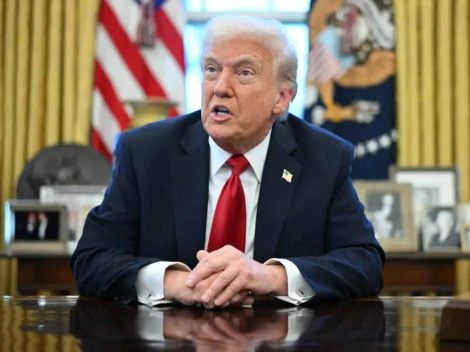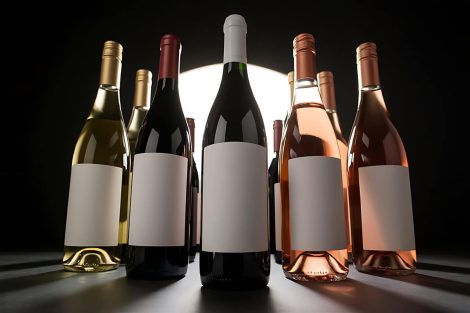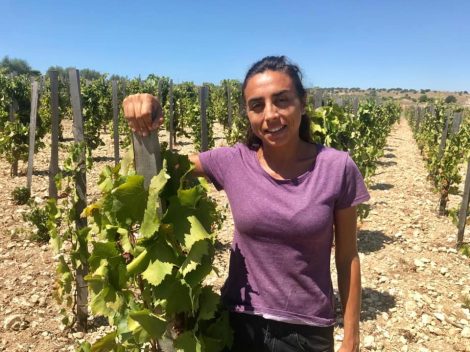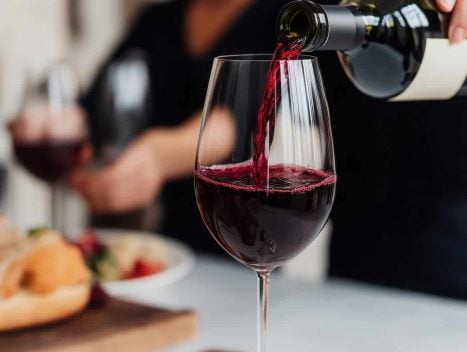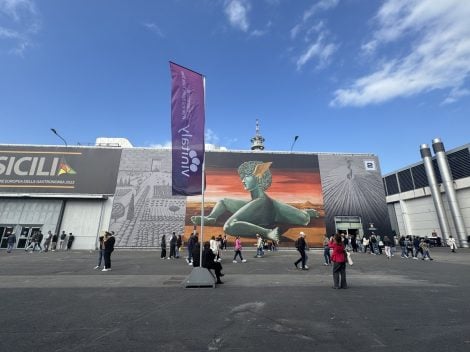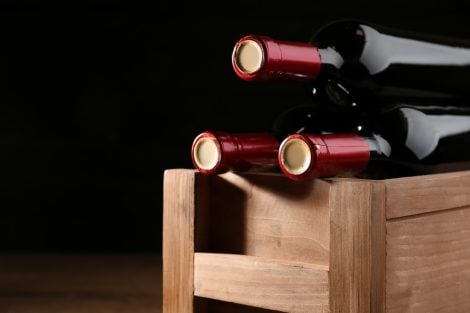Andrea Aprea
Corso Venezia 52. Make a note of this address. It is here that Andrea Aprea will be back in action for his new Milanese adventure at the beginning of the new year, little more than six months after leaving Park Hyatt. There, he had developed a cuisine with clear Italian influences – with Campanian notes, an expression of his origins – fine dining, full of character. This is the result of 10 years of working in sync with a team, with which he has been forging the identity, heart and soul of Vun. With a slow but steady growth, the restaurant has established itself in the Italian dining scene, winning customers’ hearts and critics’ favour… and what a wonderful Tre Forchette award! And what lucidity in pursuing a painstaking work of continuous growth, that has now moved elsewhere, to Palazzo Bocconi-Rizzoli-Carraro, home of the Museum of Etruscan Art founded by the Luigi Rovati Foundation: five floors designed by the team of Mario Cucinella Architects. It is the start of a new project, "an extraordinary personal and professional challenge," says Aprea.
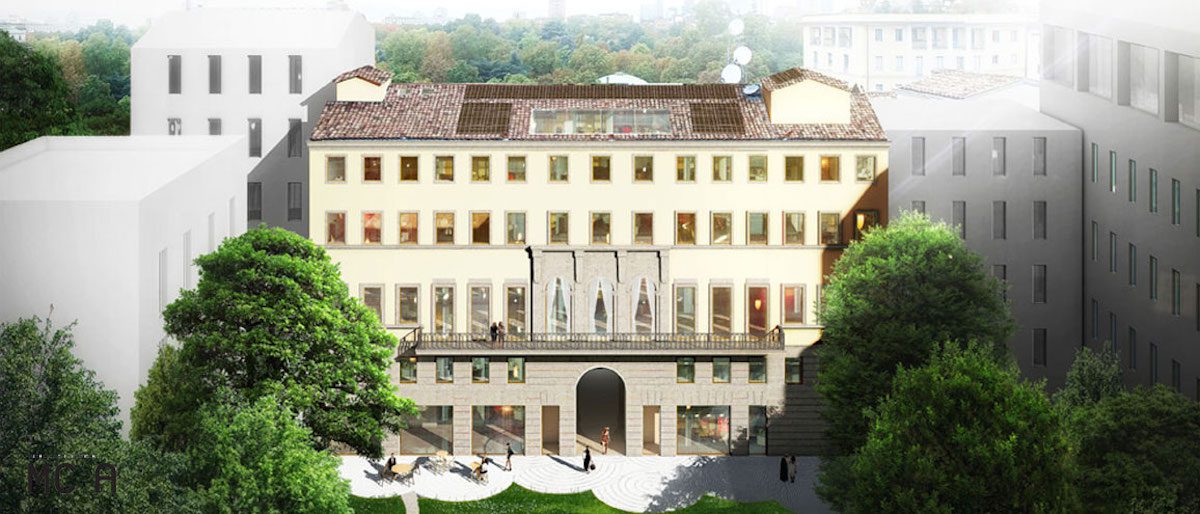
Andrea Aprea: restaurant and cafe bistro at the Rovati Foundation’s museum
210 square metres and 32 seats on the top floor of the 19th-century building, with a large panoramic window overlooking the Porta Venezia park. But the project is on several floors: the roof hosts the main restaurant bearing the chef's name, while the ground floor doubles up as with the cafe bistro, a real novelty for the Campania-born chef. Both spaces are designed by architect Flaviano Capriotti, who weaves a common thread between Milanese tradition and the contemporary ideas of site-specific artworks created by young artists. The strong connection between the restaurant and the location is the result of the deep sharing of objectives and values between Aprea and the Rovati family. The opening will give Milan a place that Aprea describes as "a new destination for art, culture, education and the discovery of new gastronomic routes", where the chef represents an ace in the hole. "The restaurant will give a major added value to the museum that will manage its cultural offer with a new strategy, including a comprehensive range of services for Milan and the country," affirms Giovanna Forlanelli, vice president of the Rovati Foundation.
Andrea Aprea’s cuisine
"My interest is to offer a contemporary Italian cuisine," he told us a few months ago, today more relevant than ever since 'contemporary' can be interpreted as 'able to read the present', whatever it may be. And the present – as we have seen in the last year and a half – is changeable and unpredictable. Aprea knows this well: he explained to us that his approach is based on continuous adjustments, reflections and daily trend analysis. A scientific method that treasures experiences, successes and failures to keep tabs on the restaurant as a whole, convinced that food is a piece of a more articulated project that draws nourishment and direction from the kitchen. Those strongly evocative, recognisable yet new flavours show the way, with a pungent taste that seems to want to get into the head, after having glided across the palate. Because in that straight and powerful flavour that gets to the table like a compression ready to explode at the first taste, Aprea sees the evolution of the memory cuisine. "A dynamite", he told us about the amatriciana foil-wrapped potato, one of his signature dishes, as well as the savoury-sweet Caprese, an amusing trompe l'oeil synthesis of a round trip between Naples and Milan, or the Ri-sotto-marino, one of his latest creations. Examples of a cuisine that knows how to reinterpret familiar flavours with grit and great style. A cuisine that today finds a home in a brand-new space.
by Antonella De Santis
Photo: Daniele Portanome for Luigi Rovati Foundation

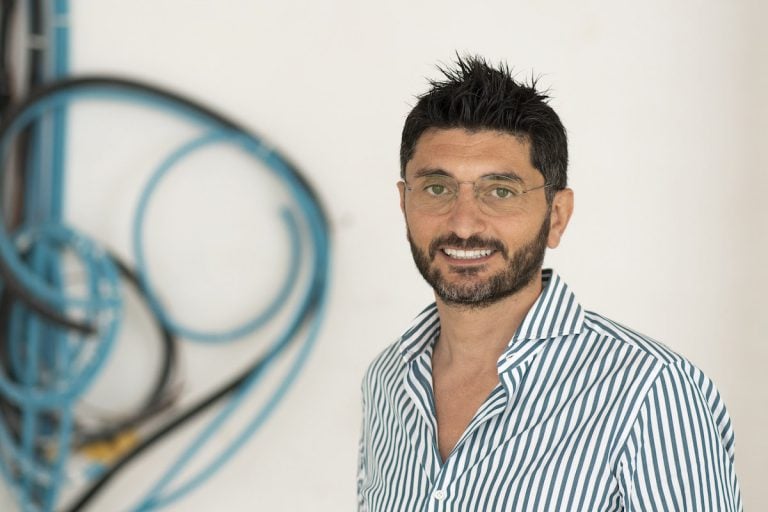
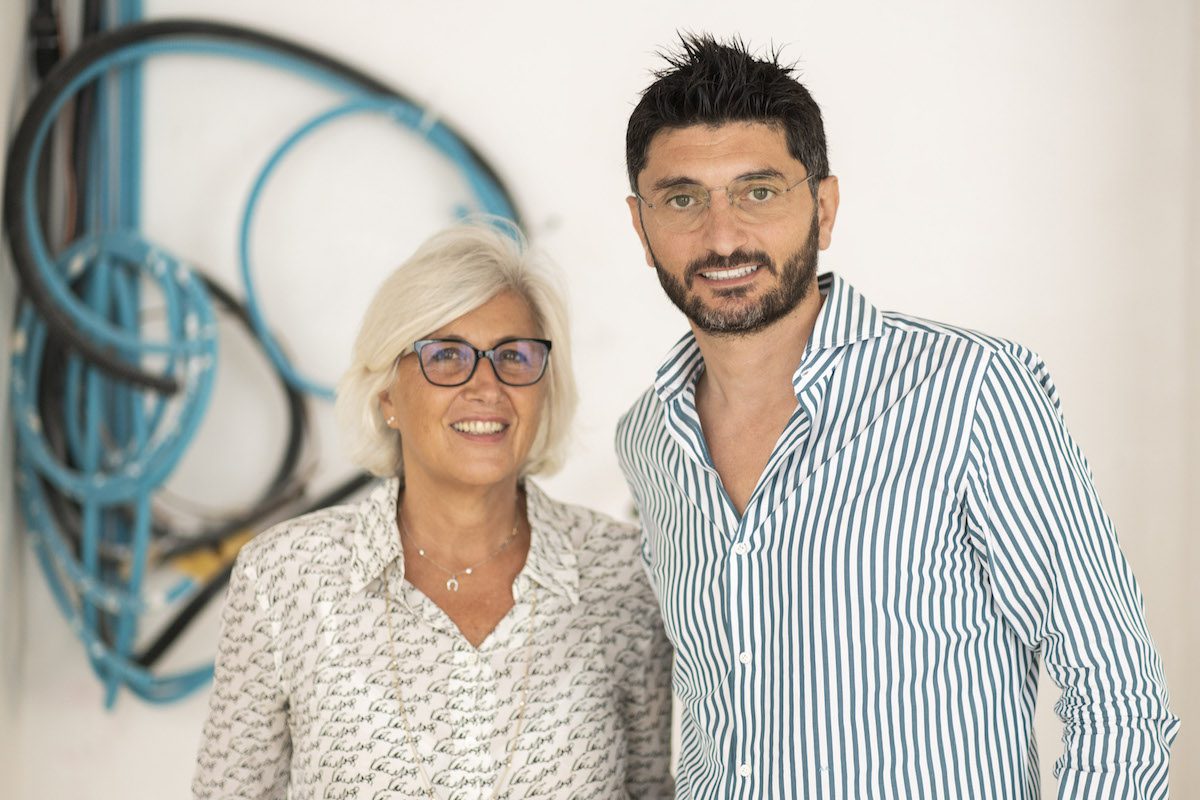
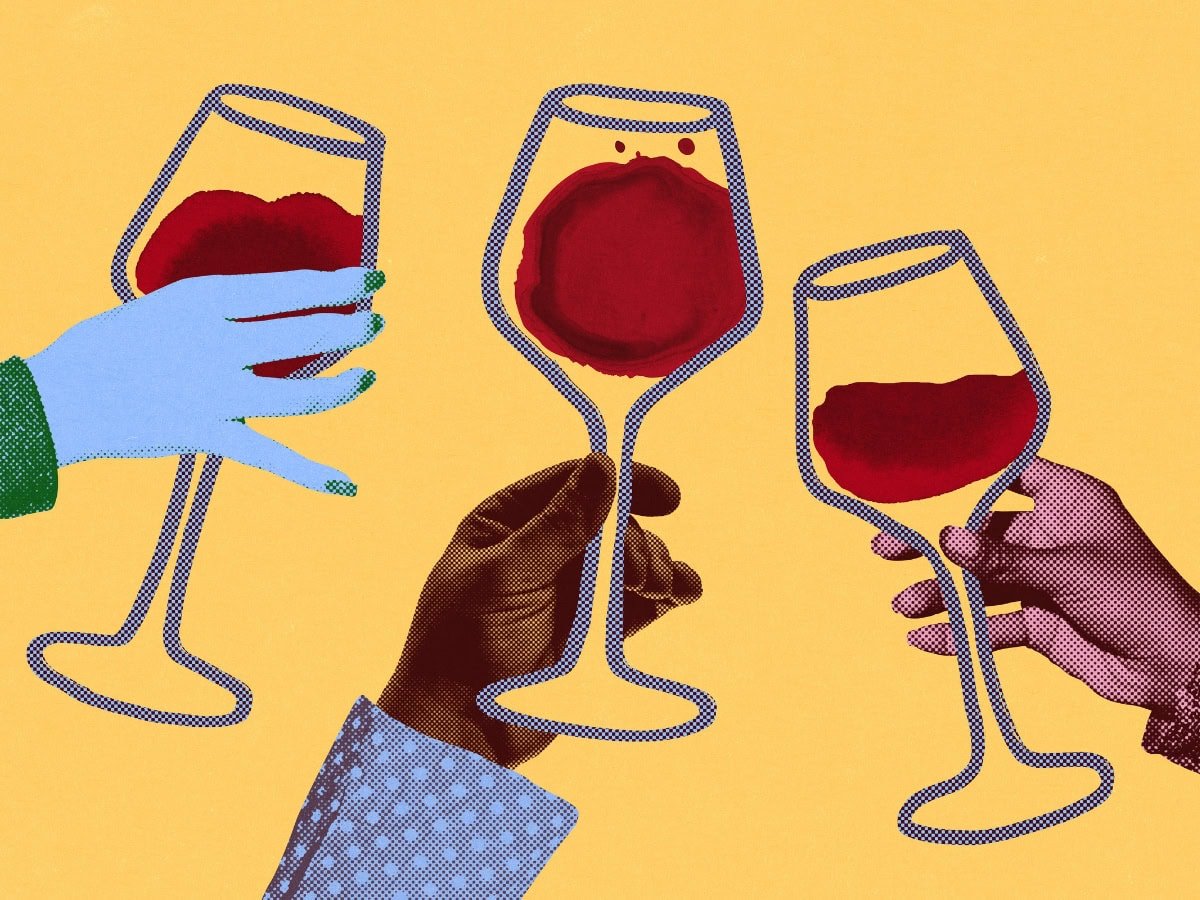 Fewer bottles, more by-the-glass: how to build the wine list of the future
Fewer bottles, more by-the-glass: how to build the wine list of the future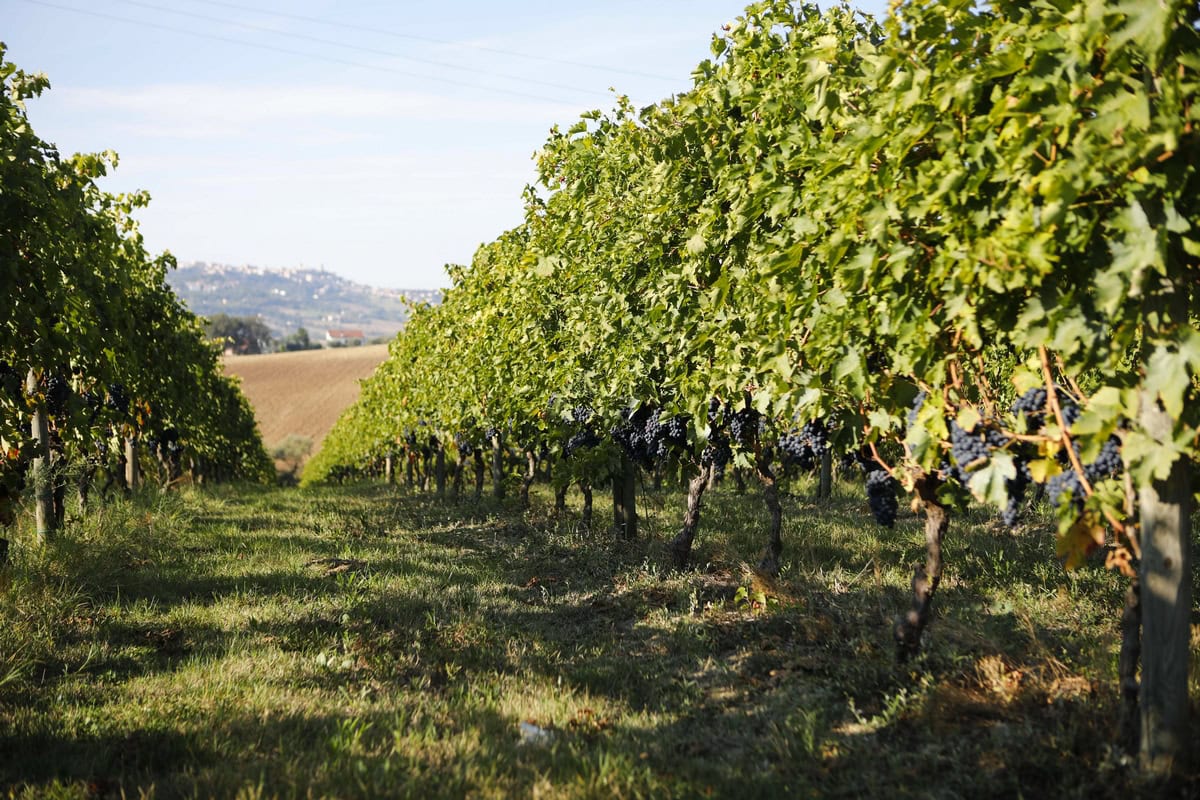 The Moncaro collapse impacts Marche wines. But average price rises
The Moncaro collapse impacts Marche wines. But average price rises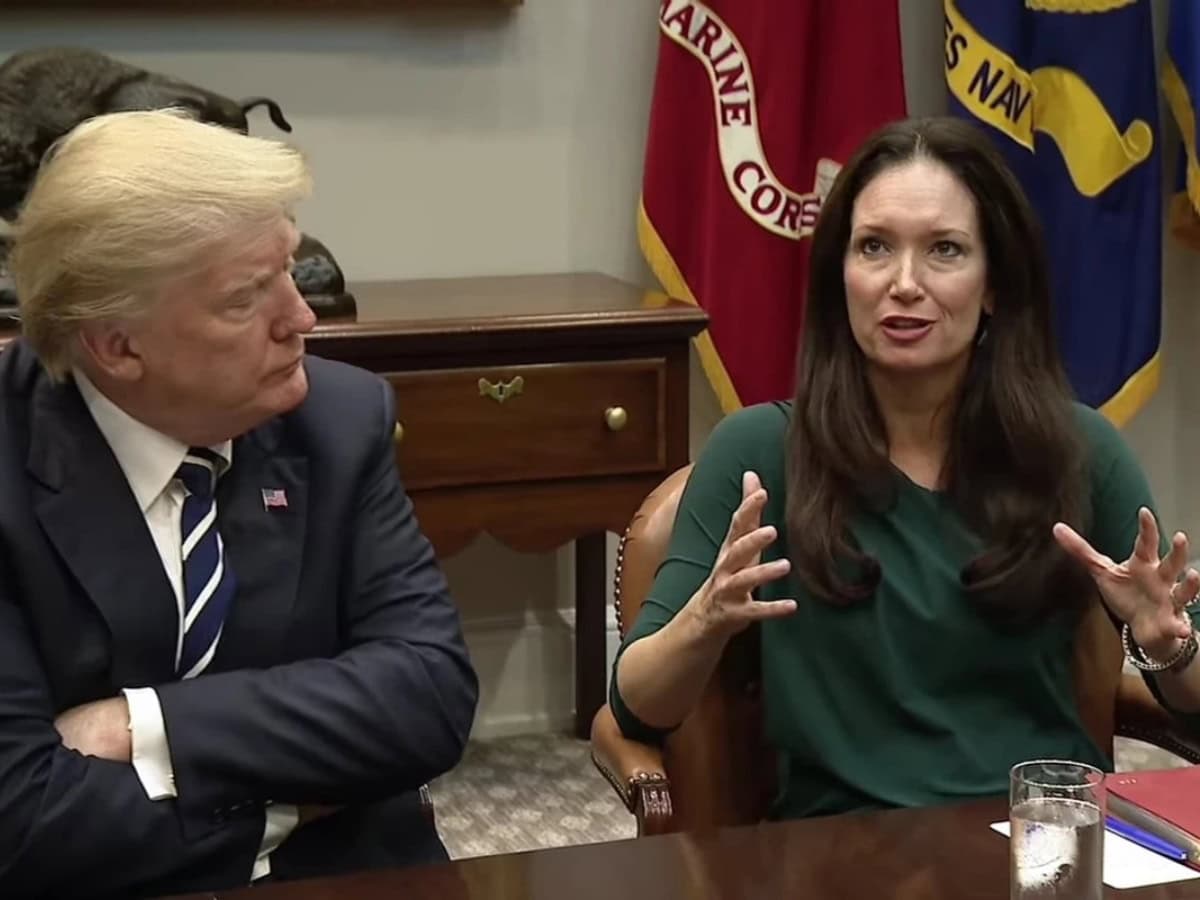 Trump’s first trade war cost Americans $27 billion. USDA analysis
Trump’s first trade war cost Americans $27 billion. USDA analysis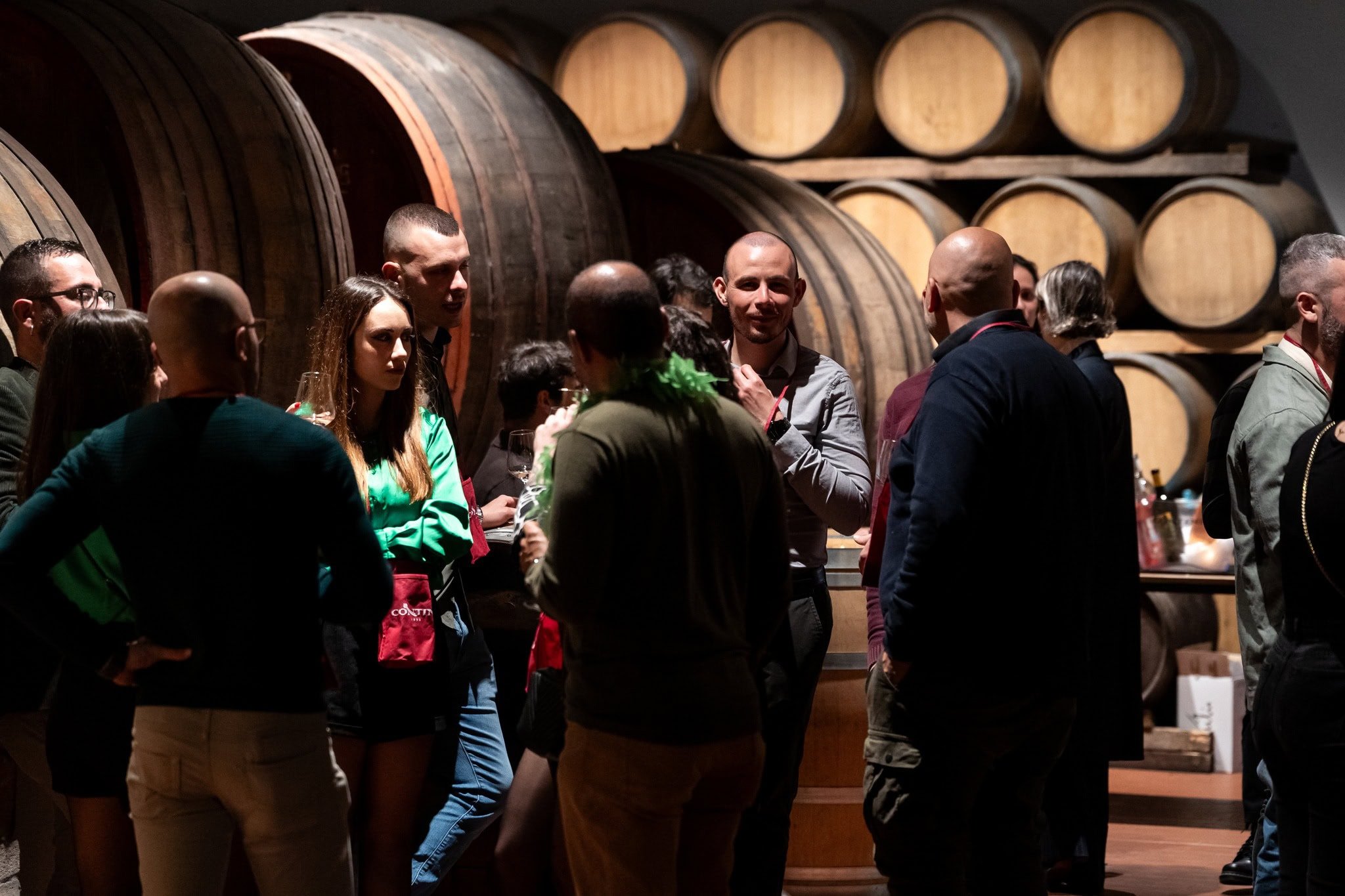 Here are ten Rare Wines you absolutely must try
Here are ten Rare Wines you absolutely must try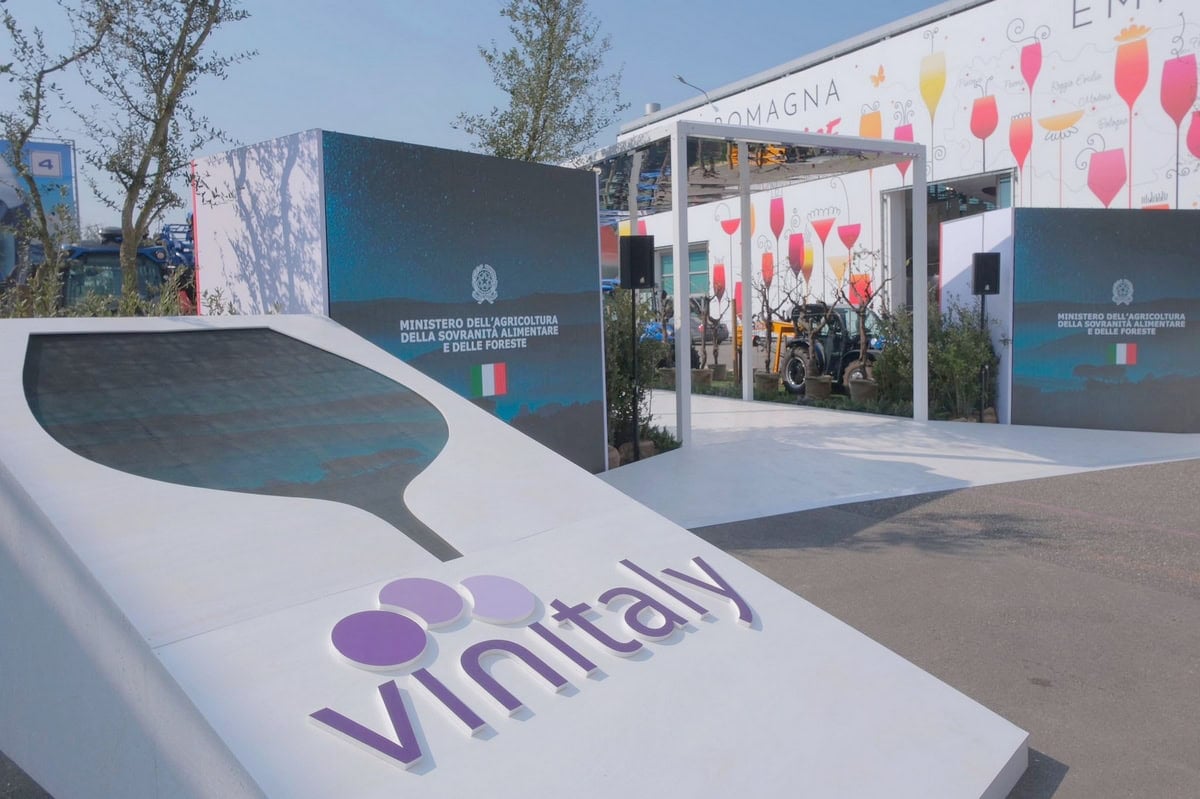 The “Tariff Vinitaly” closes with 97,000 attendees: one third from abroad. See you on 12 April 2026
The “Tariff Vinitaly” closes with 97,000 attendees: one third from abroad. See you on 12 April 2026